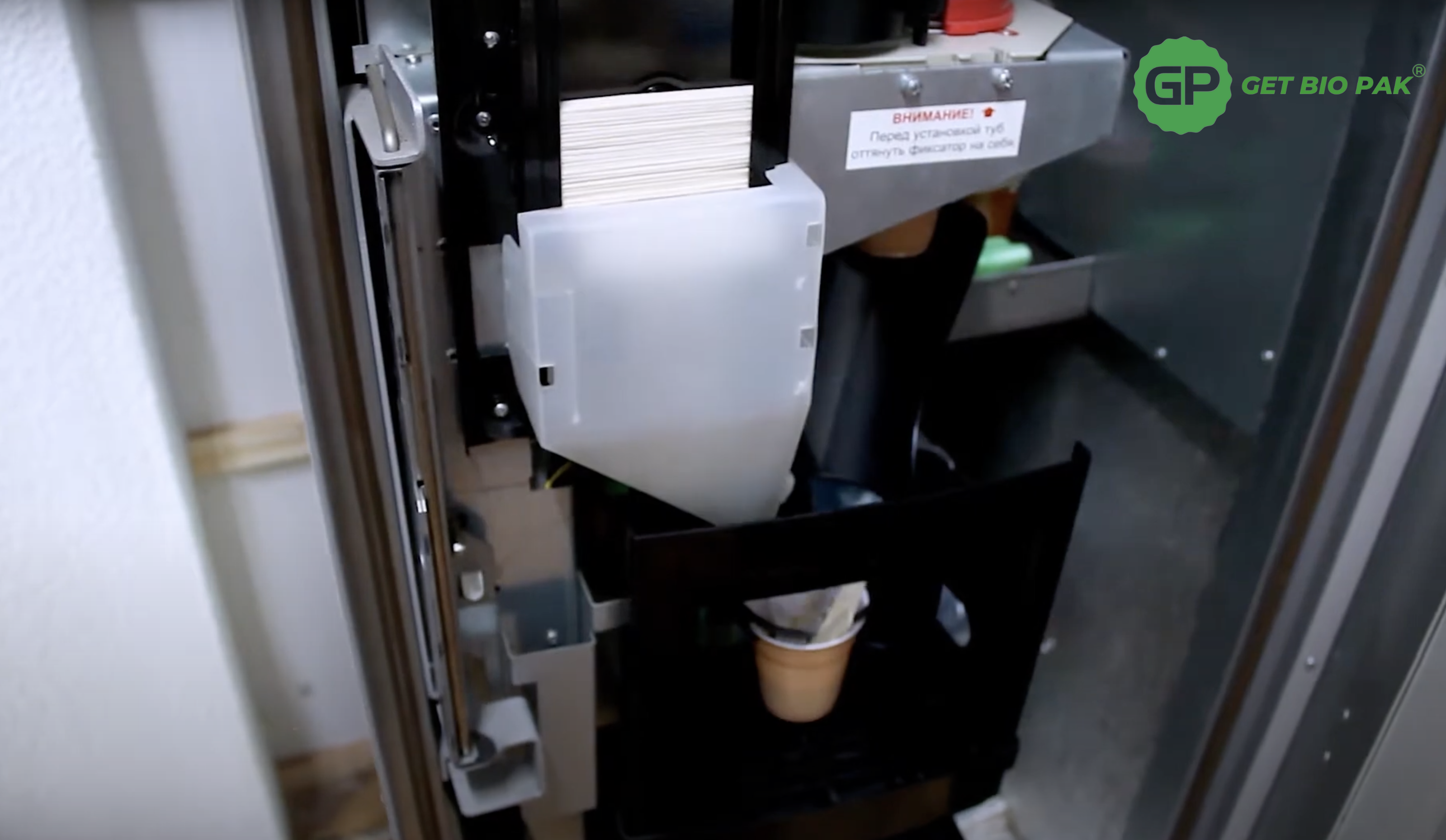Inventory management is a vital practice for businesses that utilize a warehouse or storage facility to store goods. It plays a critical role in optimizing the supply chain by ensuring that the right amount of stock is available at the right time. Effective inventory management can enhance the efficiency of the supply chain, as well as the customer experience. By implementing an effective inventory management process, businesses can prevent delays in order fulfillment, maintain their reputation, and streamline their operations. Ultimately, this helps to ensure that materials are available for production and that customers receive their orders in a timely and efficient manner.

A comprehensive inventory management system is an essential aspect of operating a successful business, regardless of its size. Therefore, it is crucial for business owners to evaluate their inventory management practices to identify any deficiencies that may negatively impact their supply chain, business operations, or reputation. In this blog, we discuss the primary goals of inventory management and provide practical guidance on managing inventory effectively and enhancing the inventory management process.
What is the purpose of inventory management?
Inventory management is the practice of supervising and optimizing the flow of goods within a business to achieve optimal efficiency and profitability. The primary goal of inventory management is to ensure that all inventory-related processes run smoothly and effectively. This involves monitoring the financial aspects of inventory management to ensure that the best possible service is provided while avoiding unnecessary expenses. Other important objectives of inventory management include aligning inventory with sales activities to prevent financial losses, avoiding overstocking or understocking of inventory, establishing a consistent structure to facilitate the ordering process, utilizing relevant data to plan both short and long-term inventory needs, consolidating purchasing efforts, controlling material costs, ensuring that high-demand inventory is continuously available, meeting customer demands, minimizing losses from damages, deterioration, theft, and waste, and monitoring stock value fluctuations to maintain reasonable prices. Ultimately, effective inventory management is crucial to achieving optimal operational and financial performance in any business, including:
- To avoid financial loss, align with sales activities.
- Building a consistent structure to benefit the ordering process to avoid overstocking or understocking
- Using relevant data to carry out both short and long-term planning
- Purchasing should be centralized.
- Material cost management
- ensuring that in-demand inventory is always available
- Meeting customer expectations
- reducing losses due to damage, deterioration, pilferage, and wastage
- Monitoring stock price fluctuations to keep prices reasonable.

How do you manage your inventory?
As the previously mentioned range of objectives suggests, inventory management entails a variety of duties and considerations.
The following is an example of an inventory management process:
- 1. Determine what goods you require based on the service you provide. For example, if you’re a manufacturer, identify the materials you’ll need to make your products; if you sell ready-made goods, prioritize having enough stock to sell to customers.
- 2. Conduct market research to determine which items sell and which do not. After that, use your findings to determine which items you require and which may not be valuable enough to keep.
- 3. Calculate the number of items you require in your inventory, the cost of delivery, and the amount of storage space they require. Allow for more stock and storage for high-demand items and less for low-demand items.
- 4. Calculate a minimum stock level, and when it is reached, use it as a signal that you need to replenish. You can then determine how long it takes for stock to drop and plan for replenishment.
- 5. Order items in your warehouse according to demand, with more in-demand items at the front for faster shipping.
- 6. Use a manual or computerized system to record specific information about each item’s name, description, value, warehouse location, and supplier. You can then track how long it takes the supplier to deliver these items and monitor stock to determine when to replenish.
- 7. Apply suitable security tags to all items in your inventory as a way of guarding against thieves. Make sure the warehouse is secure and only authorized people are allowed in for additional theft prevention measures.
- 8. Use an electronic program to scan barcodes on each item to automatically track sales and easily keep track of stock.

How to Enhance the Inventory Management Process
Improving inventory management is crucial for businesses that want to optimize their supply chain, reduce costs, and improve customer satisfaction. Here are some tips on how to improve inventory management processes:
- 1. Use inventory management software: Inventory management software can help you track inventory levels, monitor sales trends, and manage orders. It can also help automate tasks like reordering and tracking inventory levels, saving time and reducing errors.
- 2. Forecast demand: Accurate forecasting can help you plan inventory levels and avoid stockouts or overstocking. Use historical data, sales trends, and market analysis to forecast demand and adjust inventory levels accordingly.
- 3. Implement an inventory control system: An inventory control system helps you keep track of your inventory and ensures that you always have enough stock on hand to meet demand. Set up minimum and maximum stock levels for each item, and regularly review inventory levels to ensure that you stay within these limits.
- 4. Optimize storage: Make sure that you store items efficiently, using the right storage methods and equipment. This can help you reduce the amount of space required for storage, as well as improve the accuracy of your inventory counts.
- 5. Streamline your ordering process: Automating your ordering process can help reduce errors and ensure that you always have the right amount of stock on hand. Use a system that integrates with your inventory management software to automate the ordering process.
- 6. Regularly review inventory: Review your inventory regularly to identify slow-moving items, seasonal trends, and other factors that could affect demand. Use this information to adjust your inventory levels and ordering process as needed.

By implementing these inventory management best practices, businesses can improve their inventory accuracy, reduce costs, and improve customer satisfaction.






